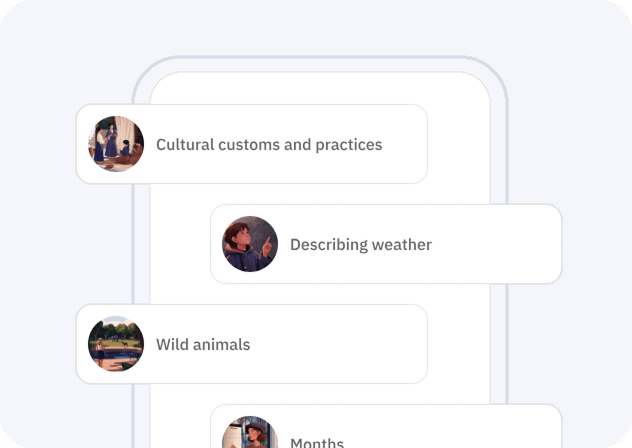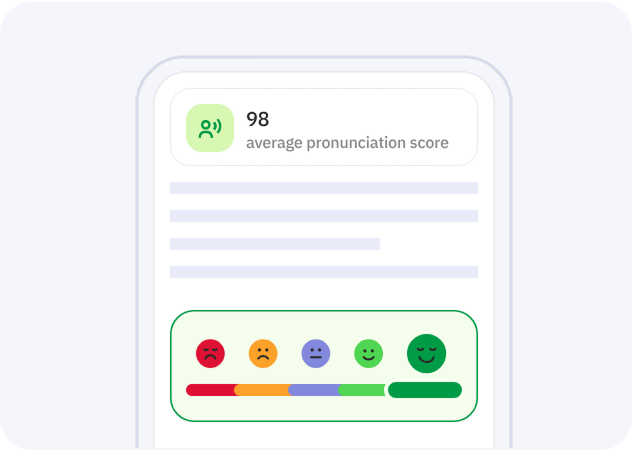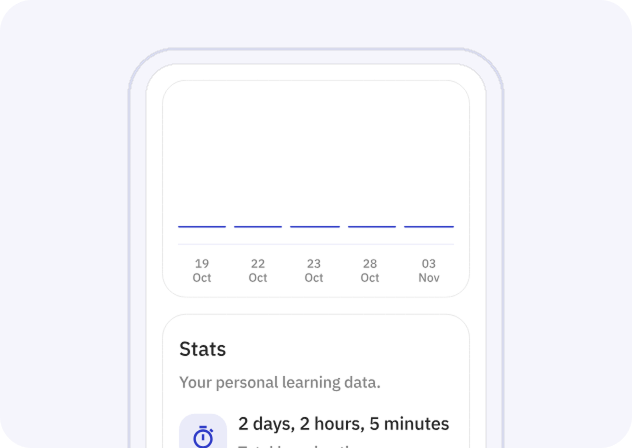Il verbo inglese "drag" è un termine versatile che può essere utilizzato in diversi contesti con significati variabili. La definizione principale di "drag" è "trascinare" o "tirare con forza lungo una superficie". Questo verbo si riferisce spesso all'azione di spostare qualcosa con uno sforzo continuo, come ad esempio trascinare un oggetto pesante sul pavimento. "Drag" può essere utilizzato sia in senso fisico, per indicare il movimento di oggetti materiali, sia in senso figurato, per descrivere situazioni o esperienze che sembrano protrarsi lentamente e con difficoltà. Inoltre, questo verbo può avere connotazioni negative, suggerendo un'azione faticosa o indesiderata.
She dragged the heavy suitcase up the stairs.
The kids dragged their feet on the way to school.
He drags his chair closer to the table every morning.
They were dragging the fallen tree out of the road.
I will drag the old sofa to the curb for pickup.
The movie dragged on for hours without much happening.
She is dragging her project because she doesn't want to finish it.
Don't drag your dirty shoes across the clean floor.
We have dragged this discussion for far too long.
He was dragged into the argument even though he wanted to stay out of it.
I drag the bag across the floor.
You drag the chair to the other side.
He drags the suitcase up the stairs.
She drags the table to the corner.
It drags on forever.
We drag the boat to the shore.
They drag the logs to the fire pit.
I dragged the box to the car.
You dragged the chair into the room.
He dragged the suitcase down the stairs.
She dragged the table across the floor.
It dragged on too long.
We dragged the boat out of the water.
They dragged the logs into the forest.
I will drag the cart behind me.
You will drag the chair outside.
He will drag the suitcase to the car.
She will drag the table to the other room.
It will drag on forever.
We will drag the boat to the dock.
They will drag the logs to the campfire.
I am dragging the cart behind me.
You are dragging the chair outside.
He is dragging the suitcase to the car.
She is dragging the table to the other room.
It is dragging on forever.
We are dragging the boat to the dock.
They are dragging the logs to the campfire.
I was dragging the cart behind me.
You were dragging the chair outside.
He was dragging the suitcase to the car.
She was dragging the table to the other room.
It was dragging on forever.
We were dragging the boat to the dock.
They were dragging the logs to the campfire.
I will be dragging the cart behind me.
You will be dragging the chair outside.
He will be dragging the suitcase to the car.
She will be dragging the table to the other room.
It will be dragging on forever.
We will be dragging the boat to the dock.
They will be dragging the logs to the campfire.
I have dragged the cart behind me.
You have dragged the chair outside.
He has dragged the suitcase to the car.
She has dragged the table to the other room.
It has dragged on forever.
We have dragged the boat to the dock.
They have dragged the logs to the campfire.
I had dragged the cart behind me.
You had dragged the chair outside.
He had dragged the suitcase to the car.
She had dragged the table to the other room.
It had dragged on forever.
We had dragged the boat to the dock.
They had dragged the logs to the campfire.
I will have dragged the cart behind me.
You will have dragged the chair outside.
He will have dragged the suitcase to the car.
She will have dragged the table to the other room.
It will have dragged on forever.
We will have dragged the boat to the dock.
They will have dragged the logs to the campfire.
The most efficient way to learn a language
Try Talkpal for free
Each individual learns in a unique way. With Talkpal technology, we have the ability to examine how millions of people learn simultaneously and design the most efficient educational platforms, which can be customized for each student.

Receive immediate, personalized feedback and suggestions to accelerate your language mastery.

Learn via methods tailored to your unique style and pace, ensuring a personalized and effective journey to fluency.
Talkpal is an AI-powered language tutor. It’s the most efficient way to learn a language. Chat about an unlimited amount of interesting topics either by writing or speaking while receiving messages with realistic voice.


Talkpal, Inc., 2810 N Church St, Wilmington, Delaware 19802, US
© 2025 All Rights Reserved.